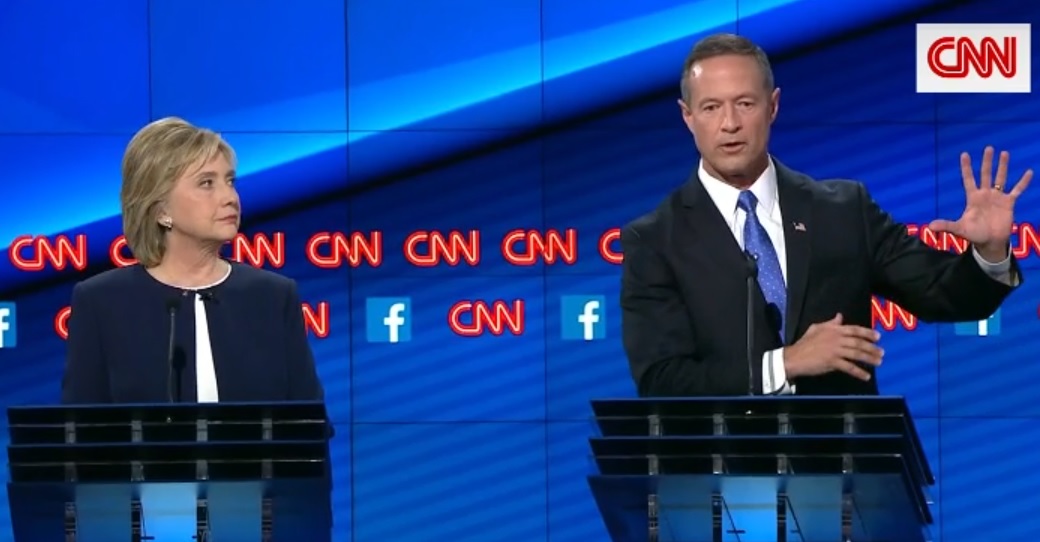By Edmund J. Pezalla, M.D., MPH
For MarylandReporter.com
There is so much rancor and finger pointing these days over prescription drug prices that consumers are often left to wonder: who is fighting on their behalf? The answer: Pharmacy Benefit Managers, or PBMs.
Companies and public programs providing prescription drug coverage hire PBMs for their expertise, and ability to reduce drug costs by negotiating for rebates and discounts from big drug companies and drugstores.
It would be too expensive and complicated for employers, or other payers, to match PBMs’ ability to reduce drug costs, while providing access.
Though drug makers continue to raise prices out of proportion to increases in value, PBMs are doing their job by keeping drug costs down. A recent report by QuintilesIMS Institute showed that discounts, rebates, and other price concessions on brand-name drugs reduced overall drug spending by an estimated 28% in 2016. The report also shows that net price growth – the price payers actually pay – for prescription drugs is likely to remain in the 0-3% range, largely because of the work of payers and PBMs.
Leveraging savings
Having been involved as a clinician representing insurers and PBMs for more than 25 years, I know firsthand the importance of leveraging savings while ensuring that patients have the medications they need.
Specialty pharmacies dispense complex medicines, many of which are infused intravenously, or injected. They also manage patient care to optimize outcomes, reduce medication errors, manage and prevent side effects, and promote more affordable alternatives. Most drugstores simply don’t have the expertise to dispense specialty medications to patients.
It is easy to see that Pharmacy Benefit Managers reduce drug costs, but often overlooked is the clinical value that they provide payers and patients. PBMs and PBM-affiliated specialty pharmacies work in coordination with their clients to carefully evaluate new drugs, review existing drugs, and apply sophisticated drug assessments that promote the best use of complex medications, and the appropriate use of mainstay drugs.
Pharmacists, doctors and other professionals employed by PBMs review the medical evidence for every drug approved by the FDA, assist in managing drug-related side effects and provide support to create formularies so that patients stay on their drug regimens and out of the hospital. That in turn lowers costs for patients and the entire health care system.
Lowering costs
These formularies often organize medications according to their therapeutic effects and create logical sequences for their use based on clinical effectiveness, place in therapy according to national guidelines, and safety. Generic and lower cost brand medications can be incentivized before more expensive medicines because they work well for the majority of patients and have lower copays.
As the healthcare sector moves toward payment for value rather than volume, Pharmacy Benefit Managers are providing expertise in developing and executing on these types of outcomes-based contracts that are intended to ensure that our pharmaceutical dollars are spent on drugs that provide the best outcomes.
These agreements require a high level of sophistication about drug use patterns and patient outcomes, as well as the ability to monitor and improve patient compliance and measure relevant outcomes.
As the public debate continues to unfold on healthcare and lawmakers are even hungrier to hear from better-informed voters, PBMs are part of the solution that lowers drug costs and improves quality.
Dr. Edmund J. Pezalla is a consultant on payer strategy for pharmaceutical and device manufacturers. He is currently a Scholar-in-Residence at the Duke-Margolis Center for Health Policy in Washington.







Nice try but there is no evidence that PBMs actually save consumers money. They inflate prices, pocket the money and force the sickest to pay the most and beg the most for new medicines.
The Affordable Care Act requires plans to provide prescription drug coverage. However, an analysis of insurance exchange plans for 46 states by health plan comparison firm HealthPocket proved that co-payments and co-insurance fees for drugs increased an average of 34%.
PBMs “hide behind confidentiality all the time,” says Potter, who wrote the 2013 e-book, Obamacare: What’s in it for Me? “Whether the clients are companies, insurers or individual consumers, customers have a right to know how much money they’re making — and how they’re making it.”
Susan Hayes of consulting firm Pharmacy Outcomes Specialists, agrees: “PBMs are saving us money, but they are adding costs for employers and not being as cost-effective as could be.”
In fact, the PBMs’ profits from transactions can double drug costs for consumers and/or employers. For example, in 3013 a month’s supply 20 milligram doses of Lipitor cost consumers or their employers $21.60, according to an audit of a PBM contract done by Pharmacy Outcomes Specialists, which represents companies, managed care organizations, unions and government agencies. The drugstore was reimbursed $10.83. The PBM kept $10.77. Another example: for a month’s supply of 10 mg doses of Ambien, the consumer/company cost was $5.65, the pharmacy got $1.88. The PBM retained $3.77.